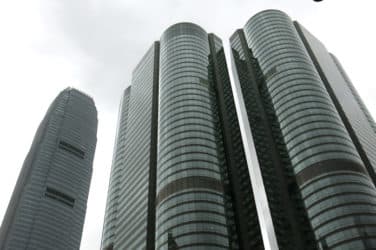Exchange operator IEX has filed an application with the U.S. Securities and Exchange Commission to upgrade its ‘Primary Peg’ order type.
Aiming to keep trading simple, IEX only offers five order types: Limit, Market, and 3 types of pegged orders (Primary, Discretionary, and Midpoint). IEX Head of Product Adrian Facini told Traders Magazine, a Markets Media Group publication, that the firm is upgrading the order type to remain on the cusp of meeting buy side, sell side and market-makers’ needs to achieve high-quality executions.
“We’re hyper-focused on execution quality and want to help our clients reduce ‘bad’ fills and increase ‘good’ fills,” Facini said.

Adrian Facini, IEX
So what is the Primary Peg order type?
The upgraded Primary Peg is designed to protect orders when trading at the inside quote, according to the filing with the SEC.
Pending SEC approval, IEX’s upgraded Primary Peg is a non-displayed order type that is pegged 1 minimum price-variant (MPV) outside the primary quote (below the NBB for buys; above the NBO for sells) and can “step up” to trade at the primary quote except during periods of quote instability, as determined by IEX’s “crumbling quote” indicator.
The crumbling quote indicator is basically a signal IEX developed that looks for “highly predictable” changes in the NBBO. In essence, a ”crumbling quote” is a quote change that is happening very inefficiently, slowly and is derived from market data.
It is built in the same way as D-Peg, which utilizes the same “crumbling quote indicator,” except instead of exercising discretion to the midpoint, Primary Peg orders will be limited to the NBB for buy orders and the NBO for sell orders. When exercising discretion to trade at the NBBO, Primary Peg orders will rank behind displayed and non-displayed orders.
The D Peg Order Type orders are pegged to the primary side of the bid-ask spread, but can trade up to the midpoint at a level set by the contra-party’s limit – maximizing both trading opportunities and price improvement. However, in “crumbling quote” situations, D-Peg orders stay pegged to the primary, which helps the order avoid adverse selection, defined as trading at soon-to-be stale prices.
“What we’ve done is utilize the crumbing quote indicator and apply it now to the Primary Peg order,” Facini said.
Why change the Primary Peg?
According to IEX, this upgrade is designed to enhance the exchange’s ability to serve market making, full-service and agency brokers who are looking to capture the spread, but would like to rely on IEX to protect their non-displayed orders from trading in adverse conditions at the NBBO.
The new Primary Peg was developed based on positive feedback and adoption of D-Peg among its members. Specifically, IEX was receiving positive client feedback and seeing excellent results based on D-Peg’s ability to protect investors from trading when a quote is transitioning in a predictable fashion.
IEX’s Primary Peg remains a fully non-displayed order type.
Once the filing is published by the SEC in the Federal Register, there is a 21 day public comment period. Within 45 days of Federal Register publication the SEC must approve, disapprove or decide to take more time to make a decision. If approved, Facini said he expects the order type to be deployed into broad use within weeks.
More on Trading:





